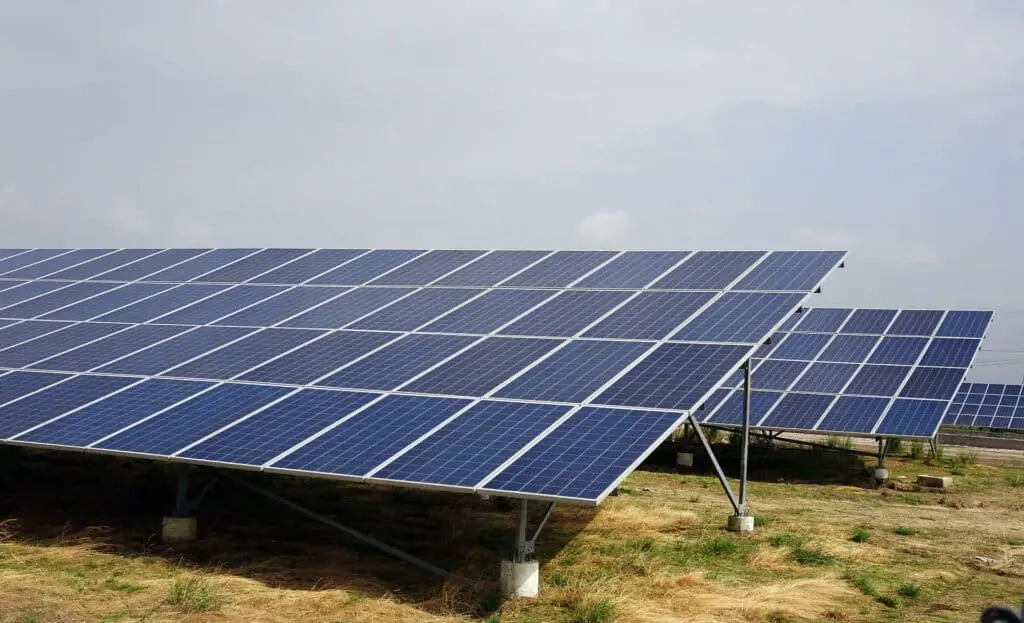Ludovic Rollin recalls analysing the cost of installing fixed solar panels in a large renewable project to power a ferronickel processing plant.
Within two years, the same supplier was able to provide superior pivoting solar panels that follow the sun and provide greater power – for the same price as fixed panels.
For Rollin, a senior environmental consultant with SRK Consulting, the solar panel prices highlighted the immense pace of change in renewables.
“Everything in renewables is moving quickly,” he told Australian Resources & Investment.
“Mining companies must be open-minded to the potential of using 100 per cent renewables to power more mines and processing plants. The long-term benefits for companies, communities and the environment are compelling.”
Having just completed a two-year project on using renewable energy to power the furnaces at a ferronickel smelter, Rollin has a timely view on renewables. The processing plant requires 180 megawatts (MW) of energy.
The project team considered solar and energy storage solutions (such as batteries and pumped hydropower storage) and natural gas for a new power plant to replace the existing one. The natural gas was more expensive due to the cost of liquified natural gas and the capital expenditure of implementing such power plant.
The proposed solution for the ferronickel smelter was a 1000MW solar farm over approximately 1000 hectares. The farm would be supported by a large network of continuous battery storage (2400MWh) that powers the plant at night.
Pumped hydro storage required a higher capital expenditure and a longer construction timeline.
For context, the world’s largest battery storage is located in California (Monterey County) and comes in at 1200MWh – half the size of the battery for the ferronickel processing plant. This storage capacity was built and operational in under a year.
The world’s largest solar farms include the Bhadla Solar Parl in Rajasthan, India (2245MW), the Huanghe Hydropower Hainan Solar Park in China (2200MW) and the Pavagada Solar Park in Karnataka, India (2050MW).
Rollin said the solar-farm solution will enable the ferronickel processing plant to source 100 per cent renewable energy within 20 years. The project is current in the feasibility-study stage.
“Our analysis showed that renewables were a cheaper energy source for the ferronickel processing plant than fossil fuels,” Rollin said. “The long-term economics of renewables are attractive.”
Excess renewable energy from the solar farm is another benefit.
“Renewable projects are designed to produce more energy than the required capacity,” Rollin said. “This surplus power can help local communities and create other opportunities for mines.”
Rollin believes renewables can change how mining companies engage with communities.
“In addition to environmental benefits, large renewable projects generate jobs and a clean-energy industry for communities,” he said.
“A solar farm, for example, can change the dynamics of mine closure and leave a positive legacy for the community.”

